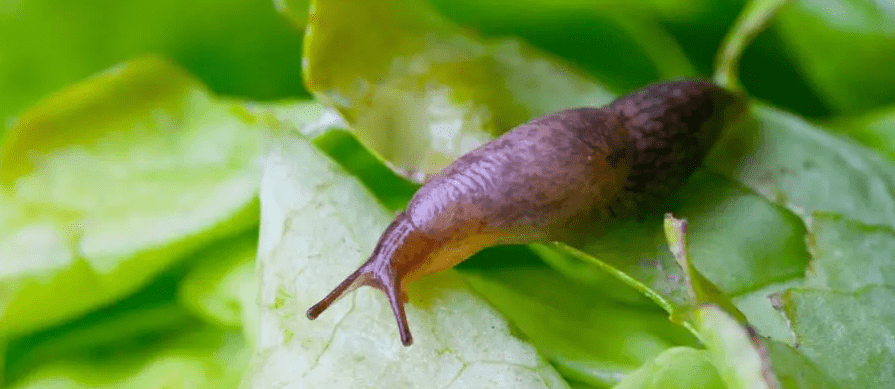
The liverwort forms beautiful blue flower carpets from February to April. Here you can learn how to grow and care for the plant properly.
The liverwort belongs to the buttercup family. In nature, it feels particularly at home in deciduous forests with calcareous and loamy soils. The native perennial plant with the light blue flowers is a protected species in Europe, so you are not allowed to pick it.
If you want to see the liverwort growing in your own garden, you can buy seeds and seedlings at the nursery. With a few tricks and the right location, you will enjoy the blue flower carpets all year round, because the liverwort is an evergreen plant.
How to grow the liverwort

You can find the liverwort in the nursery in a variety of colors. You can either buy seeds or grow the flower as a seedling.
- Seedlings: The young perennials are best planted in September or October. Then the early bloomers have enough time to grow. This allows them to sprout their first flowers as early as March.
- Sowing liverworts: If you prefer to plant liverworts in the ground as seeds, you should also do this in the fall. Make sure that you cover the seeds with sufficient soil: The liverwort is a dark germinator and can therefore only germinate properly if it is protected from light.
- The right location: Full sun is not good for liverworts. Therefore, it is best to find the plants a shady to semi-shady place under a deciduous tree.
- The right soil: Liverworts are used to nutrient-rich forest soils. Therefore, you should mix the soil at the site with sufficient humus before planting the plants. A dry, well-drained and calcareous soil is ideal for the liverwort.
- Planting distance: In order for the liverwort to form ground-covering flower carpets, you should plant about 24 to 26 plants per square meter in the soil.
- Caution: The flowers and leaves of the liverwort are poisonous. You should therefore not touch them or even pick them. To be on the safe side, always work with gloves and make sure the plants are out of reach of children and pets.
Care for liverworts properly

Liverworts don’t need much care if you’ve chosen a good location for them. To make the spring heralds grow especially robust and strong, you just need to follow a few care tips:
- Watering: Liverworts are very sensitive to waterlogging. Therefore, you should ensure that rainwater can drain off particularly well by mixing some compost or gravel under the soil. The liverwort should be protected from drying out at its location by trees and shrubs. You will then only need to water it occasionally with some chalky tap water during long dry periods.
- Fertilizing: Normally, the liverwort needs very little fertilizer. After planting, you can fertilize the young plants in March with some nettle manure.
- Pruning: Liverworts do not need to be cut back. You can only carefully remove withered flowers to make your plant look more aesthetic.
- Propagation: Because the liverwort is quite sensitive to external influences, it is better not to propagate it by root division. It is much gentler to let the plants self-seed or to remove the seeds from the fruiting bodies yourself and replant.
- Overwintering liverworts: The best winter protection for liverworts is the autumn foliage of the trees under which they grow. Therefore, do not rake up the foliage, but leave it for the plants to use as frost protection. With a thin layer of bark mulch you can additionally support the hardy liverworts during the winter.
- Diseases and pests: The liverwort is very resistant to pests and diseases. Only with waterlogging can the roots of the plant rot.
Tip: The liverwort blooms only for a relatively short time, so you should combine it with other early bloomers, such as daffodils or daffodils.









